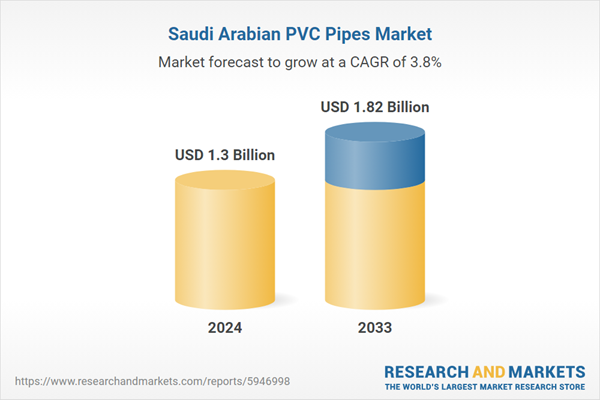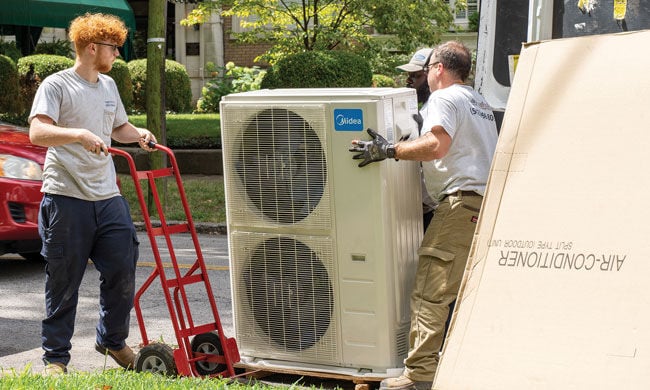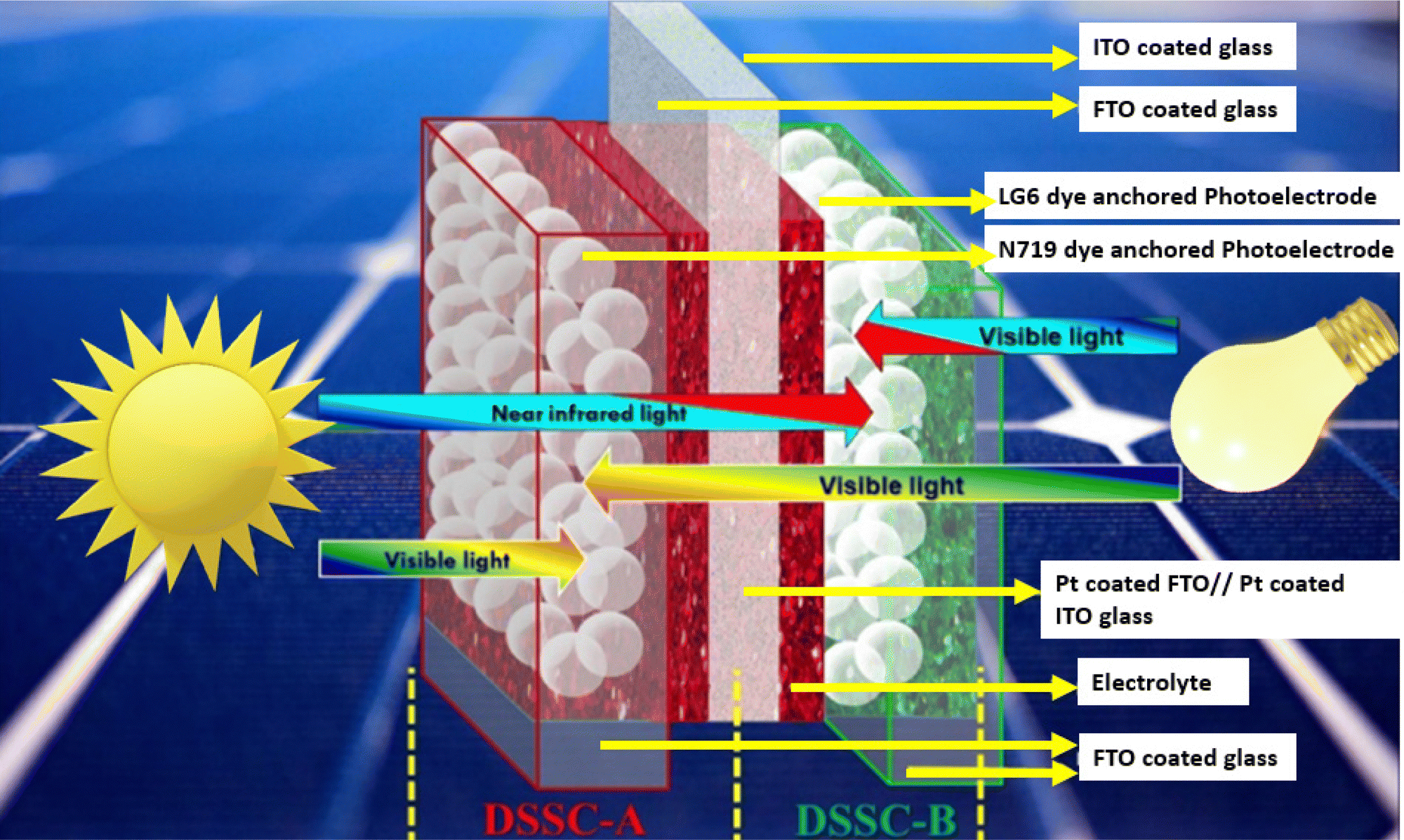New Hampshire raids clean energy fund, jeopardizing solar program – Canary Media

State Budget Decision Impedes Progress on Sustainable Development Goals in New Hampshire
A recent New Hampshire state budget decision to redirect approximately $15 million from a dedicated renewable energy fund to the state’s general fund poses a significant threat to the state’s progress on key United Nations Sustainable Development Goals (SDGs). This fiscal maneuver effectively curtails funding for renewable energy initiatives, most notably a successful pilot program designed to support municipal solar developments, thereby impacting goals related to clean energy, sustainable communities, and climate action.
Fiscal Policy’s Impact on Renewable Energy and SDG 7
Diversion of the Renewable Energy Fund
The state’s renewable energy fund, established in 2007, is now critically underfunded. The budget provisions have resulted in the following conditions:
- An estimated $15 million, representing the fund’s balance at the start of fiscal year 2024, has been transferred to the general fund.
- The fund is left with only $1 million annually for program support.
- This allocation is insufficient to cover the existing program administration costs, which exceeded $5 million in fiscal year 2024.
This redirection of capital undermines the state’s ability to advance SDG 7 (Affordable and Clean Energy) by dismantling the financial mechanisms established to increase the share of renewable energy in the state.
Setback for Municipal Sustainability and Climate Action
The Municipal Solar Grant Program
A primary casualty of the budget decision is the likely termination of the Municipal Solar Grant Program. This initiative was a direct contributor to local-level sustainability and was designed to overcome financial barriers to clean energy adoption, a key challenge in a state with high property taxes and constrained municipal budgets.
- The program was launched in 2024, utilizing $1.6 million in federal funding from the Bipartisan Infrastructure Law.
- It successfully awarded grants to 16 of 30 applicant towns, with grant amounts ranging from $45,000 to $200,000.
- The program specifically targeted small or economically disadvantaged towns, aligning with SDG 10 (Reduced Inequalities).
- Program partners had identified at least 20 additional municipalities interested in future funding opportunities.
Consequences for Sustainable Development Goals
The defunding of state renewable energy initiatives has direct and negative consequences for New Hampshire’s alignment with several SDGs.
- SDG 7 (Affordable and Clean Energy): The action halts a vital program that expanded access to clean solar energy, directly contradicting the goal of increasing the renewable energy share in the global energy mix.
- SDG 11 (Sustainable Cities and Communities): The program enabled municipalities to invest in sustainable infrastructure, reduce greenhouse gas emissions, and lower energy costs for taxpayers. Its cancellation is a setback for creating more resilient and sustainable communities.
- SDG 13 (Climate Action): By ceasing support for new solar projects, which displace electricity generation from fossil fuels, the state is weakening its capacity to contribute to climate change mitigation efforts.
- SDG 10 (Reduced Inequalities): The program’s focus on economically disadvantaged towns was a mechanism for ensuring an equitable energy transition. The loss of this program disproportionately affects communities with the fewest resources to invest in sustainable development on their own.
1. Which SDGs are addressed or connected to the issues highlighted in the article?
Detailed Explanation:
- SDG 7: Affordable and Clean Energy: The article’s central theme is the funding and development of solar energy projects at the municipal level. It discusses a renewable energy fund and a grant program specifically for solar installations, which directly relates to increasing the share of clean energy.
- SDG 11: Sustainable Cities and Communities: The focus on “municipal solar developments” and helping “small or economically disadvantaged towns” install solar panels on municipal property directly addresses the goal of making cities and human settlements more sustainable, resilient, and inclusive. The program aims to provide financial benefits to towns and taxpayers.
- SDG 13: Climate Action: The article explicitly states that one of the benefits of municipal solar projects is “cutting greenhouse gas emissions from electricity generation.” This is a direct measure to combat climate change and its impacts, aligning with the core objective of SDG 13.
- SDG 9: Industry, Innovation, and Infrastructure: The development of solar installations represents the building of resilient and sustainable infrastructure. The article mentions the “federal Bipartisan Infrastructure Law” as a source of funding, reinforcing the connection to upgrading infrastructure with clean and environmentally sound technologies.
2. What specific targets under those SDGs can be identified based on the article’s content?
Detailed Explanation:
- Target 7.2: “By 2030, increase substantially the share of renewable energy in the global energy mix.” The article discusses New Hampshire’s “renewable energy fund” and the “Municipal Solar Grant Program,” which are state-level mechanisms designed to increase the adoption of solar power, a key renewable energy source. The redirection of funds from this program is presented as a “big step backward for renewable energy in the state.”
- Target 11.6: “By 2030, reduce the adverse per capita environmental impact of cities…” The article highlights that solar developments are “cutting greenhouse gas emissions from electricity generation,” which directly contributes to reducing the environmental impact of the towns implementing these projects.
- Target 13.2: “Integrate climate change measures into national policies, strategies and planning.” The Municipal Solar Grant Program is a clear example of a state-level strategy and plan to integrate climate change mitigation (reducing emissions) into local government planning and development.
- Target 9.4: “By 2030, upgrade infrastructure and retrofit industries to make them sustainable… with greater adoption of clean and environmentally sound technologies…” The initiative to “install solar panels on municipal property” is a direct application of this target, promoting the adoption of clean technology (solar) to upgrade public infrastructure.
3. Are there any indicators mentioned or implied in the article that can be used to measure progress towards the identified targets?
Detailed Explanation:
- Indicator for Target 7.2: The article provides several financial and quantitative metrics. Progress can be measured by the amount of money available in the renewable energy fund (initially nearly “$15.3 million,” but reduced), the total funding for the pilot program (“$1.6 million”), and the value of grants awarded (“between $45,000 and $200,000”). The number of towns participating (“16 were selected”) also serves as an indicator of renewable energy adoption.
- Indicator for Target 11.6: The article implies the indicator of “reduction in greenhouse gas emissions.” While it doesn’t provide specific figures, it establishes a direct link between the solar projects and this environmental outcome, which would be the primary metric for measuring the reduction of the towns’ environmental impact.
- Indicator for Target 13.2 & 11.b: The number of municipalities adopting and implementing clean energy plans. The article states that “Thirty towns applied for the funding” and “16 were selected,” with “20 more towns that might also be interested.” This directly measures the integration of climate-friendly policies at the local level.
- Indicator for Target 9.4: The number of sustainable infrastructure projects implemented. The “16” solar projects selected for grants are a direct indicator of the number of clean technology infrastructure upgrades being undertaken by municipalities.
4. Table of SDGs, Targets, and Indicators
| SDGs | Targets | Indicators |
|---|---|---|
| SDG 7: Affordable and Clean Energy | 7.2: Increase substantially the share of renewable energy in the global energy mix. |
|
| SDG 11: Sustainable Cities and Communities | 11.6: Reduce the adverse per capita environmental impact of cities. |
|
| SDG 13: Climate Action | 13.2: Integrate climate change measures into national policies, strategies and planning. |
|
| SDG 9: Industry, Innovation, and Infrastructure | 9.4: Upgrade infrastructure… to make them sustainable… with greater adoption of clean and environmentally sound technologies. |
|
Source: canarymedia.com

What is Your Reaction?
 Like
0
Like
0
 Dislike
0
Dislike
0
 Love
0
Love
0
 Funny
0
Funny
0
 Angry
0
Angry
0
 Sad
0
Sad
0
 Wow
0
Wow
0













































































